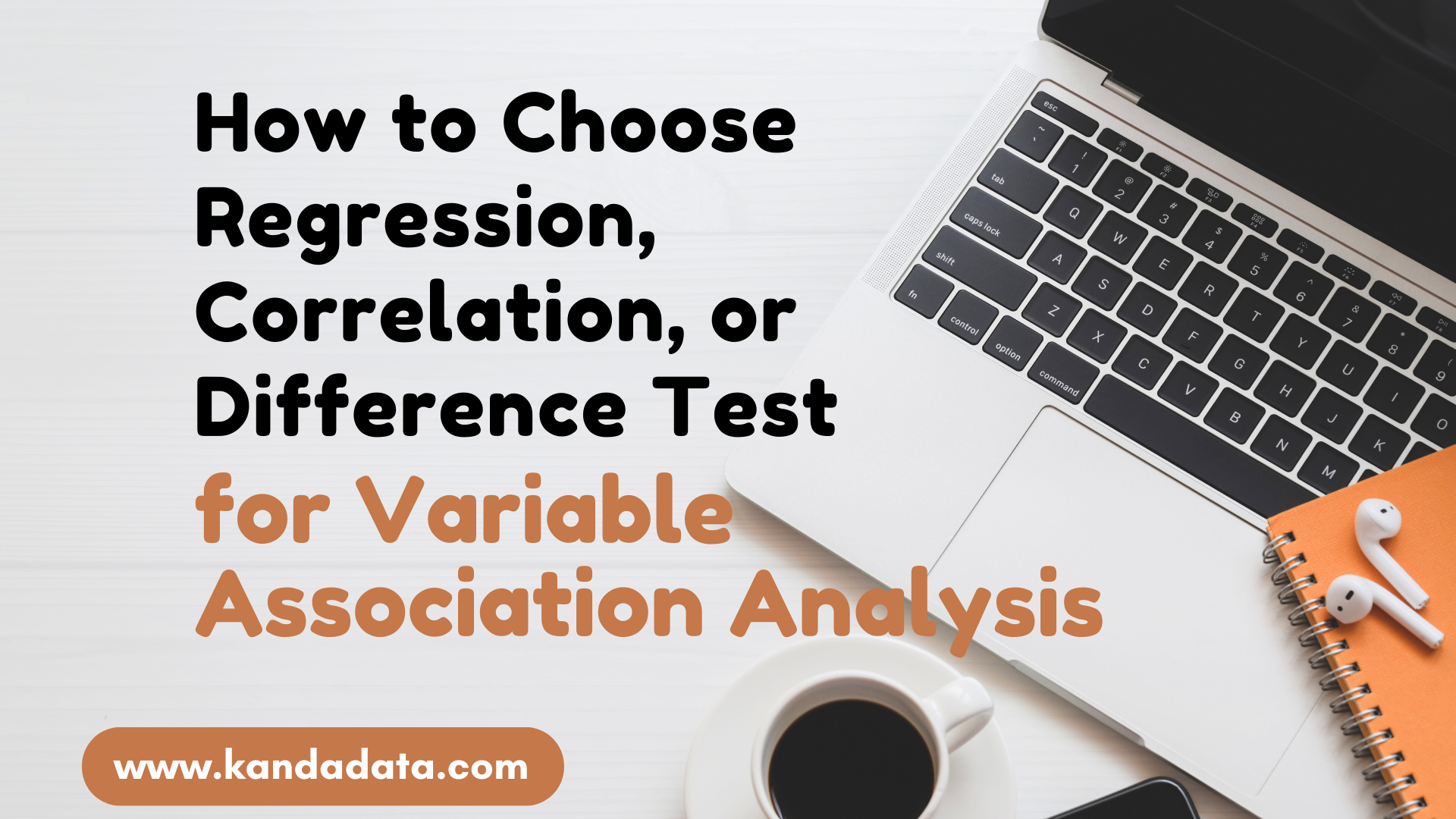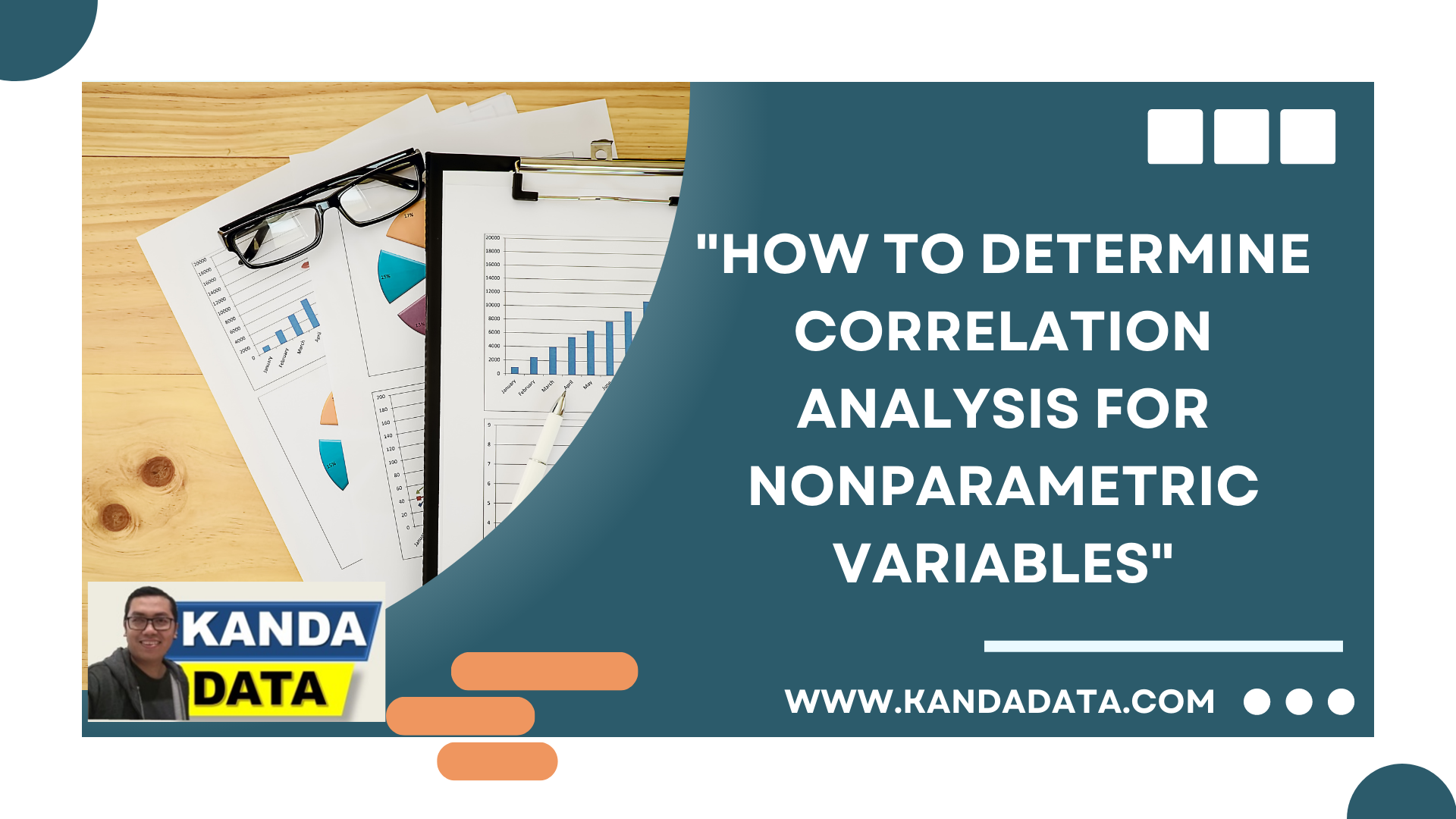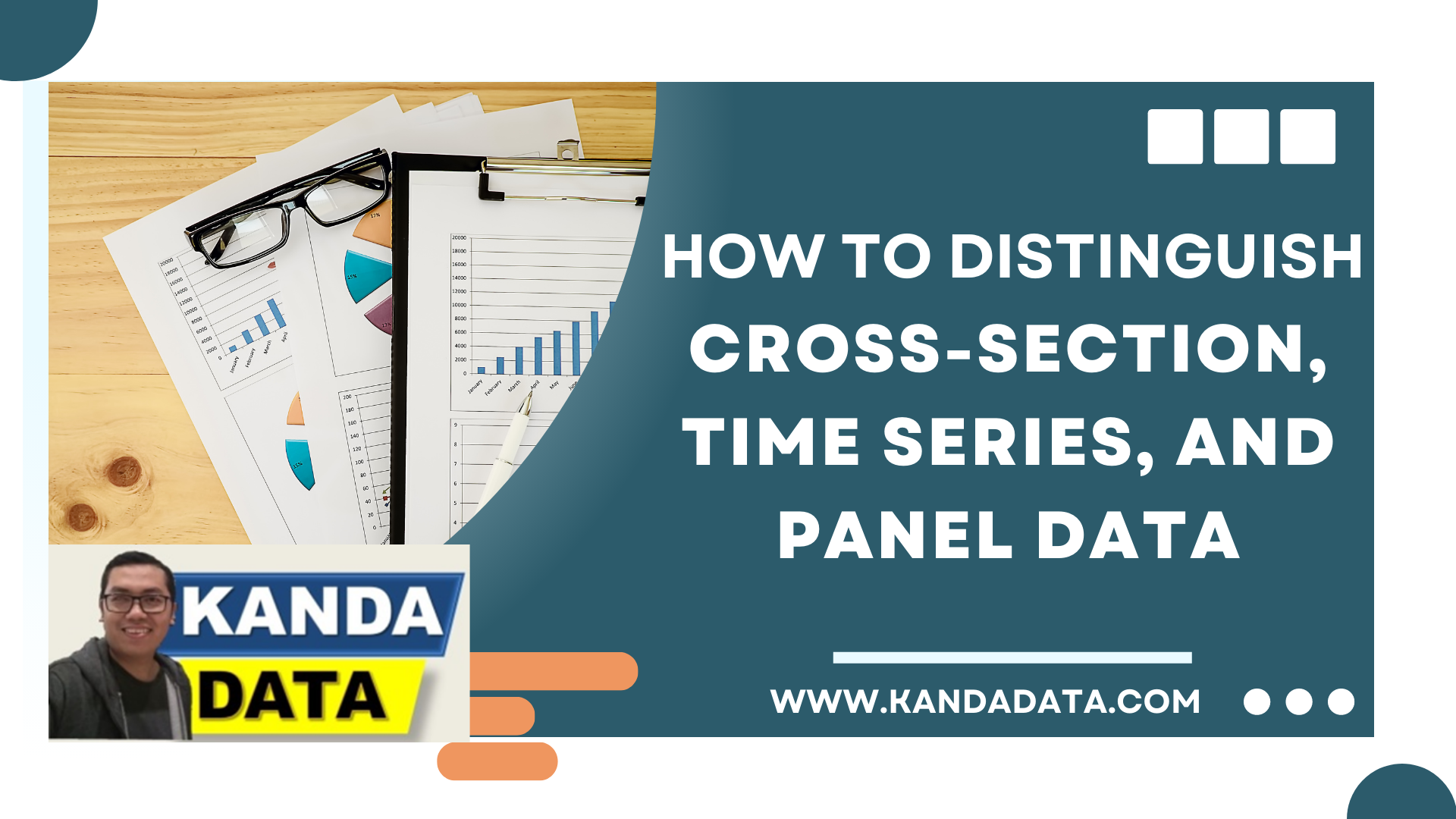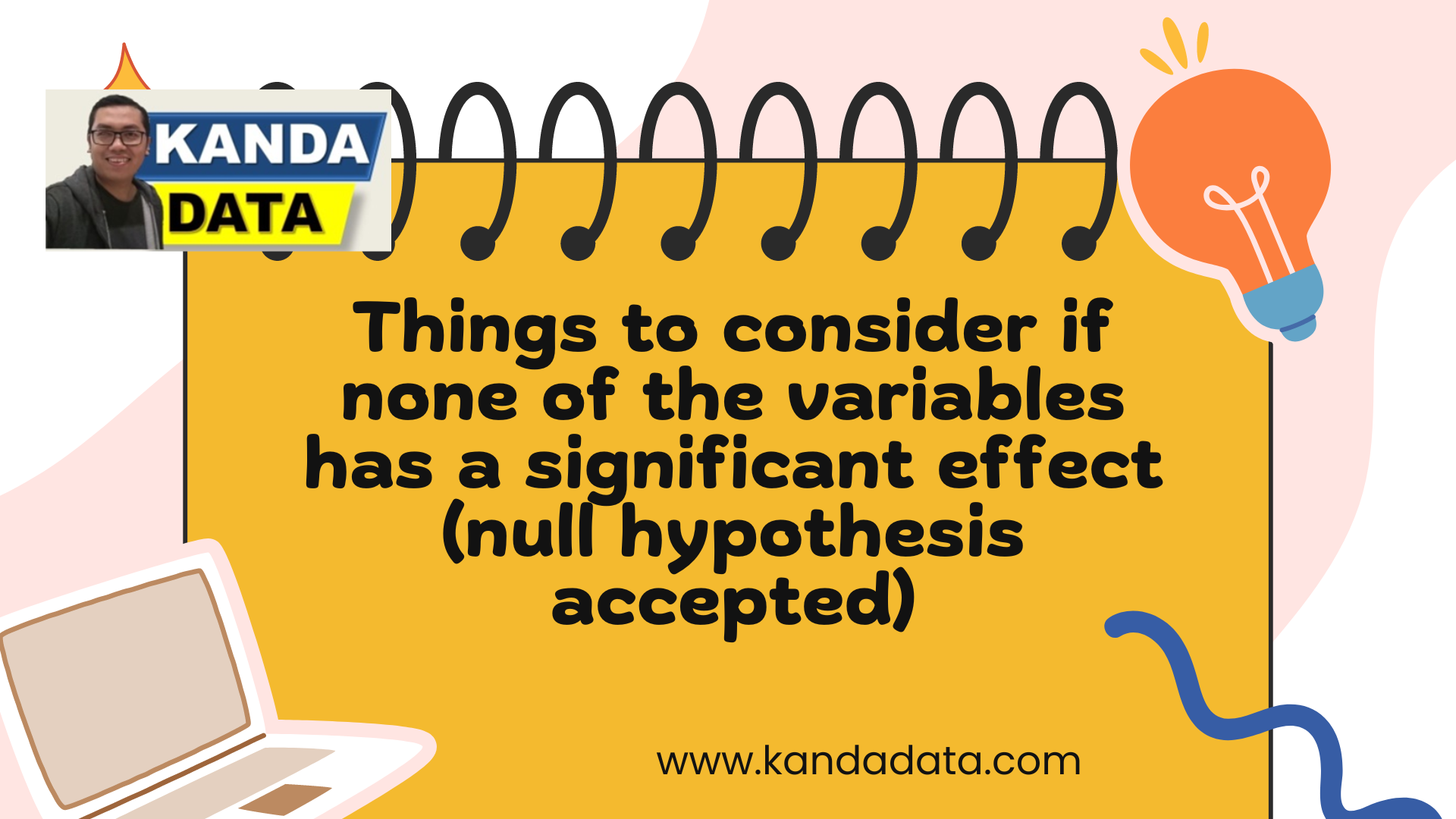Blog
Comparing Logistic Regression and Ordinary Least Squares Linear Regression: Key Differences Explained
The analysis of Ordinary Least Squares (OLS) linear regression is most commonly used to estimate the influence of independent variables on a dependent variable. In OLS linear regression analysis, several assumptions must be fulfilled to obtain the best linear unbiased estimator.
The Difference Between Simple Random Sampling and Stratified Random Sampling in Survey Research
Sampling techniques are crucial skills for researchers to master. In research, samples can be drawn from a population, but the selected samples must accurately represent the observed population. Therefore, proper sampling techniques must be applied per scientific principles.
How to Create Statistical Hypotheses in Linear Regression, Correlation Analysis, and T-test
Formulating hypotheses is a crucial step in any research activity. Researchers need to conduct a series of scientifically-based research activities to test these research hypotheses. This series of scientific activities include formulating a research proposal, presenting the proposal in a research proposal seminar to gather feedback, data collection, data analysis, and hypothesis testing to draw research conclusions.
How to Interpret the Output of Correlation Analysis | Hypothesis Testing, Sign, Size, and Direction
Correlation analysis is an associative test commonly used by many researchers to understand the relationship between variables. Before discussing how to interpret the results of correlation analysis, it is essential to understand the basic theory of correlation analysis.
How to Choose Regression, Correlation, or Difference Test for Variable Association Analysis
Selecting the appropriate analysis method will prevent errors in concluding research results. There are various methods of data analysis that researchers can choose from. The selection of data analysis methods depends on the research objectives and the characteristics of the collected data.
How to Determine Correlation Analysis for Nonparametric Variables
Correlation analysis aims to determine the relationship between variables. Partial correlation analysis is the analysis most often used by researchers.
How to Distinguish Cross-Section Data, Time Series Data, and Panel Data
Based on the collection method, data can be divided into cross-section, time series, and panel data. A good understanding of the differences between the three types and how to collect the three types of data will lead to the right choice of analysis.
Things to consider if none of the variables has a significant effect (null hypothesis accepted)
For researchers, obtaining statistically significant results is the desired outcome. In a research proposal, researchers write the background and research problem. Futhermore, based on the research problem, the research objectives are formulated.







